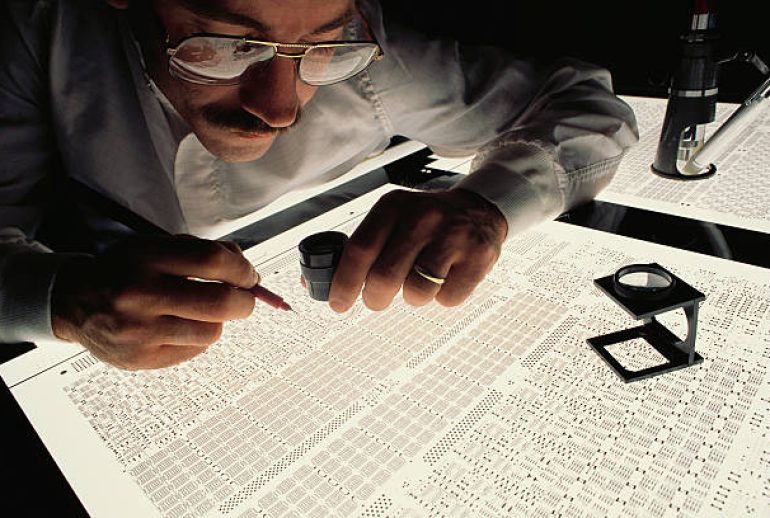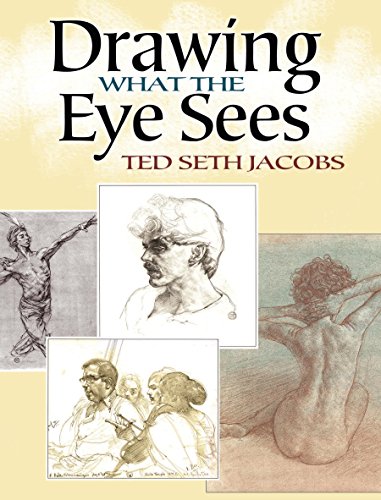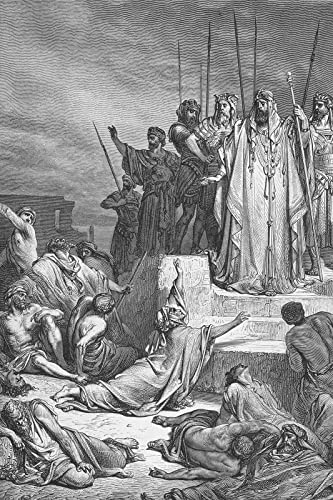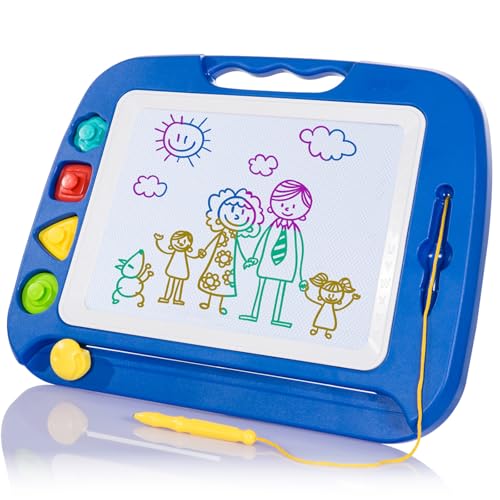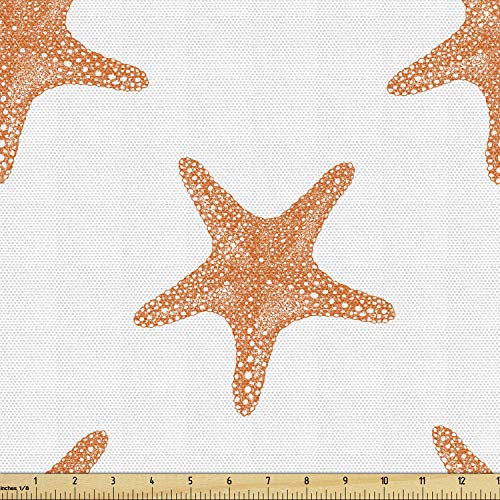Using a lightbox for tracing offers several benefits. It makes drawing and copying designs easier and more accurate.
Tracing is a fundamental skill for artists, designers, and hobbyists. A lightbox is a valuable tool that simplifies this process. It illuminates your work, allowing you to see through paper layers effortlessly. This clarity helps improve your tracing precision. It can save time and reduce eye strain.
Whether you are a beginner or an expert, a lightbox can enhance your creative projects. It provides consistent backlighting, making your tracing work cleaner and more enjoyable. Understanding the advantages of using a lightbox can help you decide if it’s the right tool for your artistic needs. Let’s explore the specific benefits this tool offers.
Introduction To Lightboxes
Lightboxes have become essential tools for artists, designers, and creatives. They offer a bright, even illumination that helps trace images accurately. Understanding their benefits can enhance your creative process.
History And Evolution
The concept of lightboxes dates back to the early 19th century. Artists used them to trace images onto paper or canvas. Initially, they were simple wooden boxes with a glass top and a candle inside. Over time, these tools evolved significantly.
Modern lightboxes use LED lights, making them more efficient and portable. The advancement in technology has made them affordable and accessible to everyone. Today’s lightboxes are sleek, lightweight, and offer various brightness settings.
Common Uses
Lightboxes are versatile tools with many applications. Artists use them to trace sketches and create accurate outlines. They are helpful for animators who need to draw consistent frames. Designers use lightboxes for creating detailed illustrations and transferring designs.
Quilters use lightboxes to trace patterns onto fabric. They are also popular in the tattoo industry for transferring designs onto the skin. Even hobbyists find lightboxes useful for scrapbooking and calligraphy.
Lightboxes are valuable tools in education. Teachers use them to demonstrate tracing techniques to students. This hands-on approach helps students understand the basics of drawing and design.
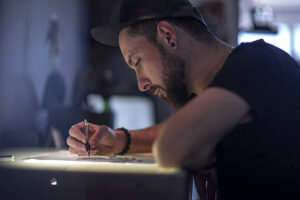
Increased Accuracy
Using a lightbox for tracing ensures increased accuracy in your artwork. This tool helps artists create precise lines and better details. It minimizes errors, making the final product look professional and polished. Let’s explore how a lightbox improves accuracy with precise lines and details, and improved alignment.
Precise Lines And Details
A lightbox illuminates the paper from below. This makes every line and detail clear and easy to trace. Even the smallest details become visible. Artists can trace over them with precision. This results in clean and sharp lines.
Additionally, a lightbox allows you to see the original image through the tracing paper. You can replicate the exact details without guessing. This is especially useful for complex designs. It helps in maintaining consistency and avoiding mistakes.
| Feature | Benefit |
|---|---|
| Illumination | Highlights every detail |
| Visibility | Reduces guesswork |
| Precision | Ensures clean lines |
Improved Alignment
Alignment is crucial in any artwork. Misaligned elements can ruin the overall look. A lightbox helps maintain proper alignment. You can place different sheets on the lightbox and align them perfectly.
This feature is helpful for projects that involve multiple layers. You can stack layers and trace them with confidence. The lightbox ensures each layer aligns with the others. This improves the final outcome and saves time on corrections.
Furthermore, a lightbox is great for transferring sketches to final papers. You can trace the sketch accurately, ensuring it aligns well with your intended composition.
- Maintains proper alignment
- Helps with layered projects
- Ensures accurate transfers
Ease Of Use
Using a lightbox for tracing offers many benefits, with ease of use being a standout feature. This tool is designed to make tracing simple and efficient for artists of all skill levels.
User-friendly Design
The user-friendly design of a lightbox is a key advantage. Most lightboxes have a sleek, slim profile, making them easy to handle. They often come with adjustable brightness settings. This allows users to control the light intensity according to their needs.
Many lightboxes also feature a smooth surface. This ensures that paper lays flat and tracing is precise. The intuitive design makes it easy for anyone to start tracing right away.
Minimal Setup
Another significant advantage is the minimal setup required. Lightboxes are usually plug-and-play devices. Simply connect to a power source, and they are ready to use. No complex assembly or installation is needed.
This ease of setup saves time and effort. Artists can focus on their work without technical distractions. The straightforward operation makes lightboxes an ideal choice for both beginners and professionals.
Versatility In Applications
A lightbox for tracing is a valuable tool due to its versatility. It serves multiple purposes across different fields. From art to education, it finds use in many applications. Below are some key areas where it proves beneficial.
Art And Design
In the world of art and design, a lightbox is indispensable. Artists use it to trace and transfer their sketches. This ensures accuracy and consistency in their work. Designers also find it useful for creating precise layouts. It aids in refining and finalizing their designs.
Using a lightbox helps in creating multiple drafts. Artists can overlay tracing paper and make modifications. This process is simple and effective. It saves time and enhances creativity.
Educational Purposes
A lightbox is not just for artists. It has significant value in educational purposes as well. Teachers use it to help students learn to draw. It is effective in teaching handwriting and calligraphy too. By tracing letters and shapes, students improve their skills.
In science classes, it is useful for examining transparent materials. Students can study the details of leaves or insects. It makes learning interactive and fun. This tool is a great addition to any classroom.
Improved Efficiency
Using a lightbox for tracing offers many advantages. One of the most important is improved efficiency. Artists and designers can save time and effort. They can produce better results with less stress.
Faster Tracing Process
A lightbox speeds up the tracing process. The bright light makes the original image easy to see. This allows for quicker and more accurate tracing. The artist can work faster, which is especially useful for large projects.
Here is a quick comparison of the tracing process with and without a lightbox:
| Without Lightbox | With Lightbox |
|---|---|
| Hard to see details | Details are clear |
| Slower tracing | Faster tracing |
| More effort | Less effort |
Reduced Errors
Using a lightbox reduces errors. The clear view helps in tracing lines accurately. Artists can avoid mistakes that occur due to poor visibility. This leads to cleaner and more precise artwork.
Consider these benefits:
- Fewer mistakes
- Better line accuracy
- Higher quality results
Reducing errors also saves time. Artists spend less time correcting mistakes. This allows them to focus on other important tasks.
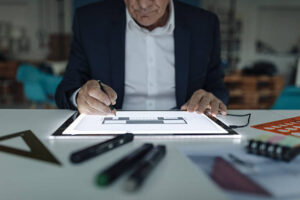
Benefits For Different Skill Levels
Using a lightbox for tracing offers many advantages. It benefits artists at different skill levels. Whether you are a beginner or a professional, a lightbox can help improve your tracing skills. Let’s explore the benefits for each skill level.
Beginners
Beginners often struggle with proportions and details. A lightbox makes it easy to trace over images. You can practice drawing without the pressure of freehand drawing. This builds confidence and helps improve your skills. Mistakes are less frequent when you trace. This makes learning less frustrating and more fun.
Lightboxes also help in understanding light and shadow. By tracing, you can see how light affects different parts of an image. This knowledge is important for creating realistic drawings.
Professional Artists
Professional artists benefit from lightboxes in many ways. They save time on complex projects. Tracing helps to maintain accuracy and consistency. This is crucial for detailed work. Lightboxes are also useful for transferring sketches to final mediums. You can trace your initial sketch onto canvas or paper. This ensures your final work is precise.
Lightboxes are portable and easy to use. This makes them ideal for artists who travel. You can work on your projects anywhere. Lightboxes also reduce eye strain. This is important for artists who work long hours. It helps to maintain focus and quality of work.
Health And Comfort
Using a lightbox for tracing offers many benefits for your health and comfort. It helps keep your eyes and body in good shape. Let’s explore these benefits in detail.
Reduced Eye Strain
A lightbox provides a consistent and bright light source. This reduces the need for squinting and helps prevent eye fatigue. Reduced eye strain leads to longer and more comfortable working sessions. You can focus on your art without discomfort.
Traditional tracing methods can be hard on your eyes. Poor lighting can cause headaches and blurry vision. A lightbox eliminates these issues. It creates a clear and easy-to-see workspace.
Ergonomic Design
Many lightboxes have an ergonomic design. They often come with adjustable angles. This lets you set the lightbox to a comfortable position. It helps maintain good posture and reduces neck and back strain.
Working for long hours in poor posture can cause chronic pain. An ergonomic lightbox helps you avoid these problems. It supports a healthy and comfortable working position.
| Feature | Benefit |
|---|---|
| Consistent Light Source | Reduces Eye Strain |
| Adjustable Angles | Promotes Good Posture |
In summary, using a lightbox for tracing supports your health and comfort. It reduces eye strain and encourages good posture. This makes your tracing experience more enjoyable and less tiring.
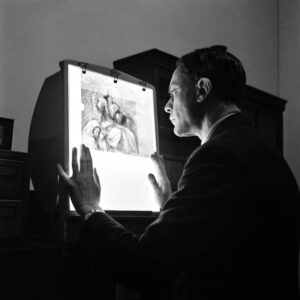
Choosing The Right Lightbox
Choosing the right lightbox for tracing is essential for achieving the best results in your artwork or projects. A lightbox provides a consistent and bright light source, making it easier to see through different layers of paper. It can significantly improve your tracing accuracy and efficiency.
Key Features To Consider
When selecting a lightbox, consider its size. A larger lightbox allows more flexibility and accommodates bigger projects. Smaller lightboxes are more portable and take up less space.
Brightness is another critical factor. Look for a lightbox with adjustable brightness settings. This feature helps you control the light intensity based on the thickness of the paper you are using.
Power source options can also influence your choice. Some lightboxes are battery-operated, while others need a power outlet. Battery-operated models offer more mobility. Those requiring a power outlet can provide more consistent power.
The lightbox’s weight and thickness can affect its portability. Lighter and thinner models are easier to carry. They are ideal for artists who travel.
Top Brands And Models
Several brands are known for their high-quality lightboxes. Huion is a popular choice. They offer a variety of sizes and brightness levels. Their lightboxes are durable and reliable.
Another top brand is Artograph. Their lightboxes are known for their sleek design and excellent light distribution. They are perfect for professional artists and hobbyists alike.
Crayola is also a noteworthy brand. Their lightboxes are user-friendly and great for beginners. They are affordable and effective for simple tracing tasks.
Each of these brands offers unique features that cater to different needs. Research and compare them to find the lightbox that suits you best.
Frequently Asked Questions
What Is A Lightbox For Tracing?
A lightbox for tracing is a flat, illuminated surface used to trace designs. It helps artists and designers accurately replicate images.
How Does A Lightbox Work?
A lightbox illuminates the paper from below, making the design visible. This helps you trace it onto another sheet easily.
Can Beginners Use A Lightbox?
Yes, beginners can use a lightbox. It’s user-friendly and simplifies the tracing process, making it perfect for all skill levels.
What Are The Benefits Of Using A Lightbox?
Using a lightbox improves accuracy, saves time, and reduces eye strain. It enhances the overall quality of your artwork.
Conclusion
A lightbox for tracing offers many benefits. It enhances accuracy and detail. Artists find it easier to transfer images. Lightboxes save time and reduce mistakes. They are great for beginners and professionals alike. Tracing becomes more enjoyable and efficient. Investing in a lightbox can improve your work quality.
Try it and see the difference in your projects.

